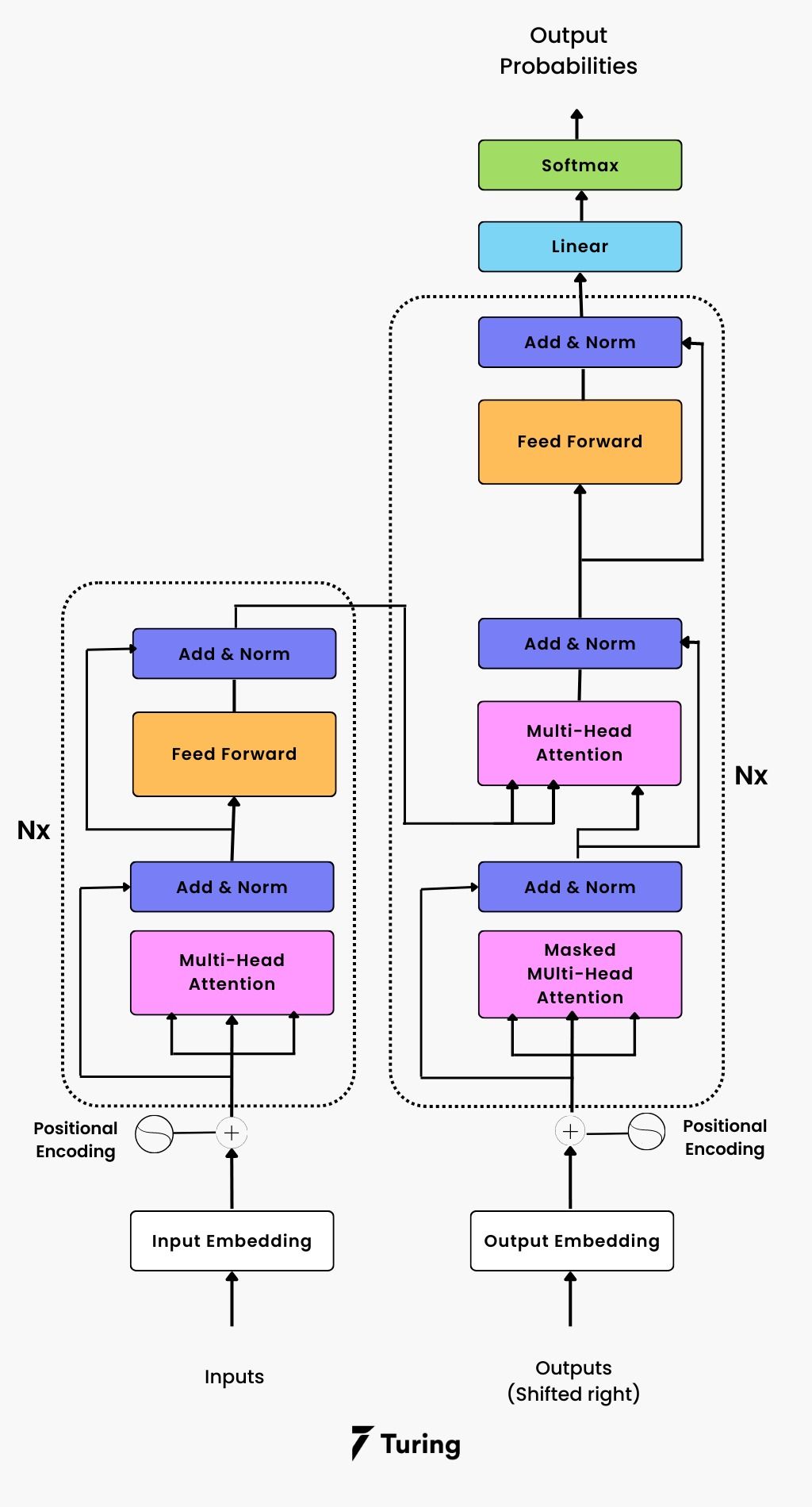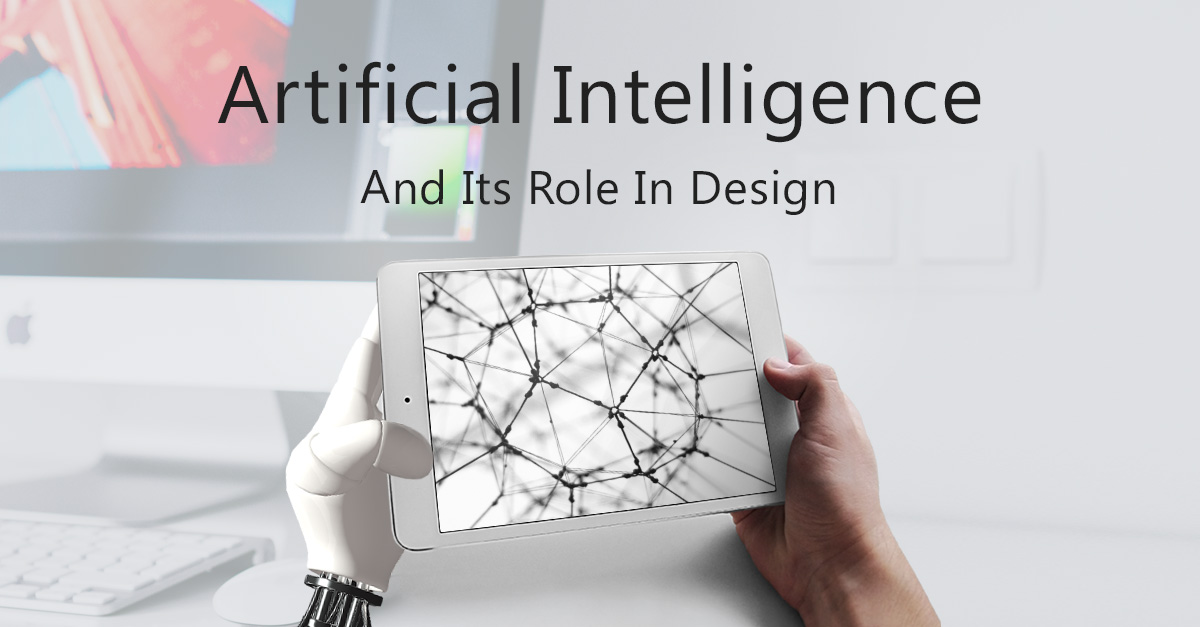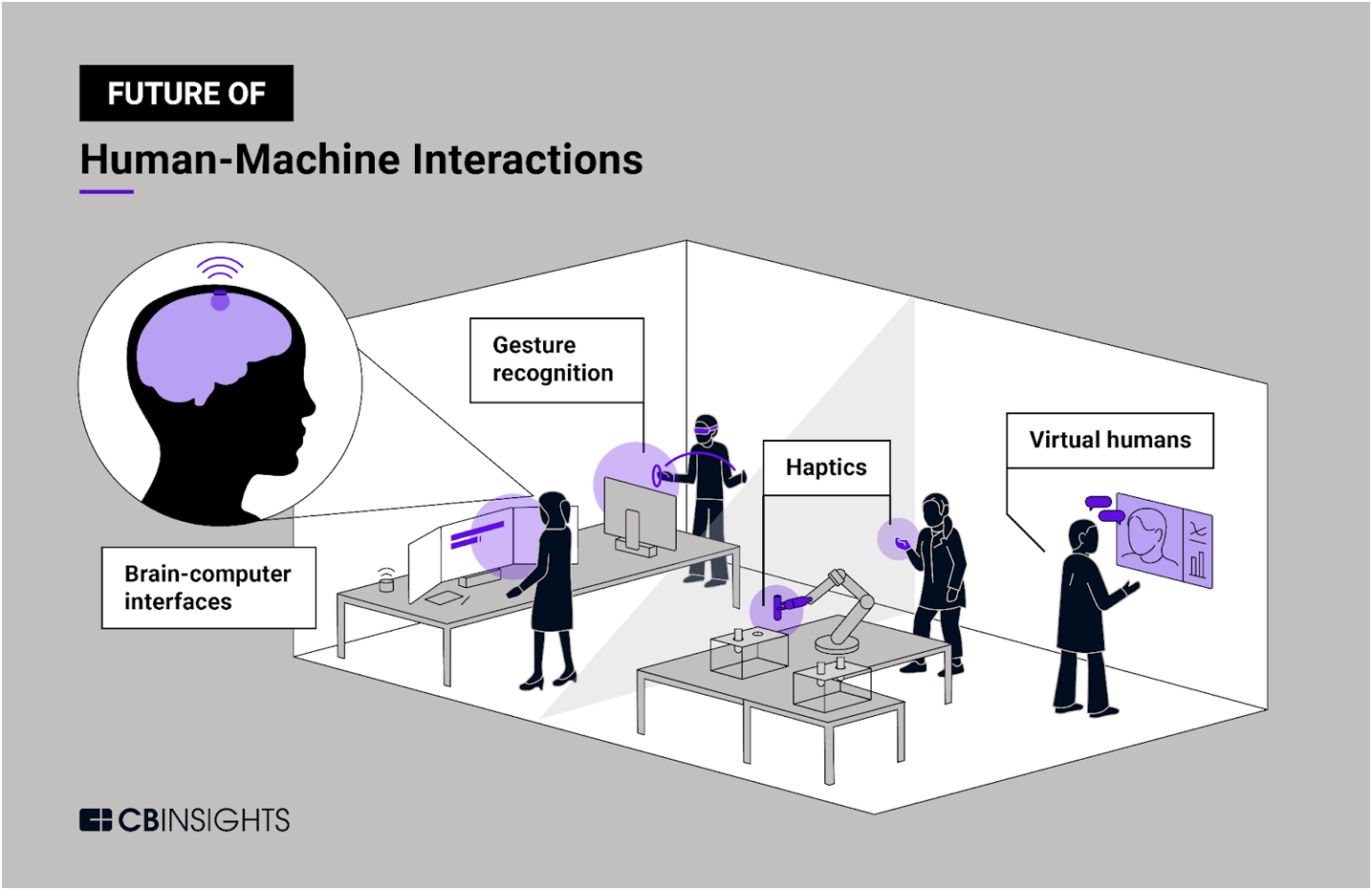Demystifying the Intricacies of Large Language Models and Their Future in Machine Learning
As the fields of artificial intelligence (AI) and machine learning (ML) continue to evolve, the significance of Large Language Models (LLMs) and their application through artificial neural networks has become a focal point in both academic and practical discussions. My experience in developing machine learning algorithms and managing AI-centric projects, especially during my tenure at Microsoft and my academic journey at Harvard University, provides a unique perspective into the deep technical nuance and future trajectory of these technologies.
Understanding the Mechanisms of Large Language Models
At their core, LLMs are a subset of machine learning models that process and generate human-like text by leveraging vast amounts of data. This capability is facilitated through layers of artificial neural networks, specifically designed to recognize, interpret, and predict linguistic patterns. The most notable amongst these models, like GPT (Generative Pre-trained Transformer), have showcased an unprecedented ability to understand and generate human-readable text, opening avenues for applications ranging from automated content creation to sophisticated conversational agents.
The Architectural Backbone: Dive into Neural Networks
Artificial neural networks, inspired by the biological neural networks that constitute animal brains, play a pivotal role in the functionality of LLMs. These networks comprise nodes or ‘neurons’, interconnected through ‘synapses’, collectively learning to simulate complex processes akin to human cognition. To understand the depth of LLMs, one must grasp the underlying architecture, such as Transformer models, characterized by self-attention mechanisms that efficiently process sequences of data.
< >
>
The pragmatic application of these models in my work, particularly in robot autonomy and system information projects with AWS, highlighted their robustness and adaptability. Incorporating these models into process automation and machine learning frameworks, I utilized Python and TensorFlow to manipulate and deploy neural network architectures tailored for specific client needs.
Expanding Horizons: From Sentiment Analysis to Anomaly Detection
The exploration and adoption of LLMs as discussed in my previous articles, especially in sentiment analysis and anomaly detection, exemplify their broad spectrum of applications. These models’ ability to discern and analyze sentiment has transformed customer service and market analysis methodologies, providing deeper insights into consumer behavior and preferences.
Furthermore, leveraging LLMs in anomaly detection has set new benchmarks in identifying outliers across vast datasets, significantly enhancing predictive maintenance and fraud detection mechanisms. The fusion of LLMs with reinforcement learning techniques further amplifies their potential, enabling adaptive learning pathways that refine and evolve based on dynamic data inputs.
Where is it Headed: Predicting the Future of Large Language Models
The burgeoning growth and sophistication of LLMs, coupled with increasing computational power, are steering us towards a future where the integration of human-like AI in everyday technology is no longer a distant reality. Ethical considerations and the modality of human-AI interaction pose the next frontier of challenges. The continuous refinement and ethical auditing of these models are imperative to ensure their beneficial integration into society.
My predictions for the near future involve an escalation in personalized AI interactions, augmented creative processes through AI-assisted design and content generation, and more sophisticated multi-modal LLMs capable of understanding and generating not just text but images and videos, pushing the boundaries of AI’s creative and analytical capabilities.
< >
>
Conclusion
The exploration into large language models and artificial neural networks unveils the magnitudes of potential these technologies harbor. As we continue to tread on the frontier of artificial intelligence and machine learning, the harmonization of technological advancement with ethical considerations remains paramount. Reflecting on my journey and the remarkable progression in AI, it’s an exhilarating era for technologists, visionaries, and society at large, as we anticipate the transformative impact of LLMs in shaping our world.
< >
>
As we venture deeper into the realms of AI and ML, the amalgamation of my diverse experiences guides my contemplation and strategic approach towards harnessing the potential of large language models. The journey ahead promises challenges, innovations, and opportunities—a narrative I am keen to unfold.
Focus Keyphrase: Large Language Models